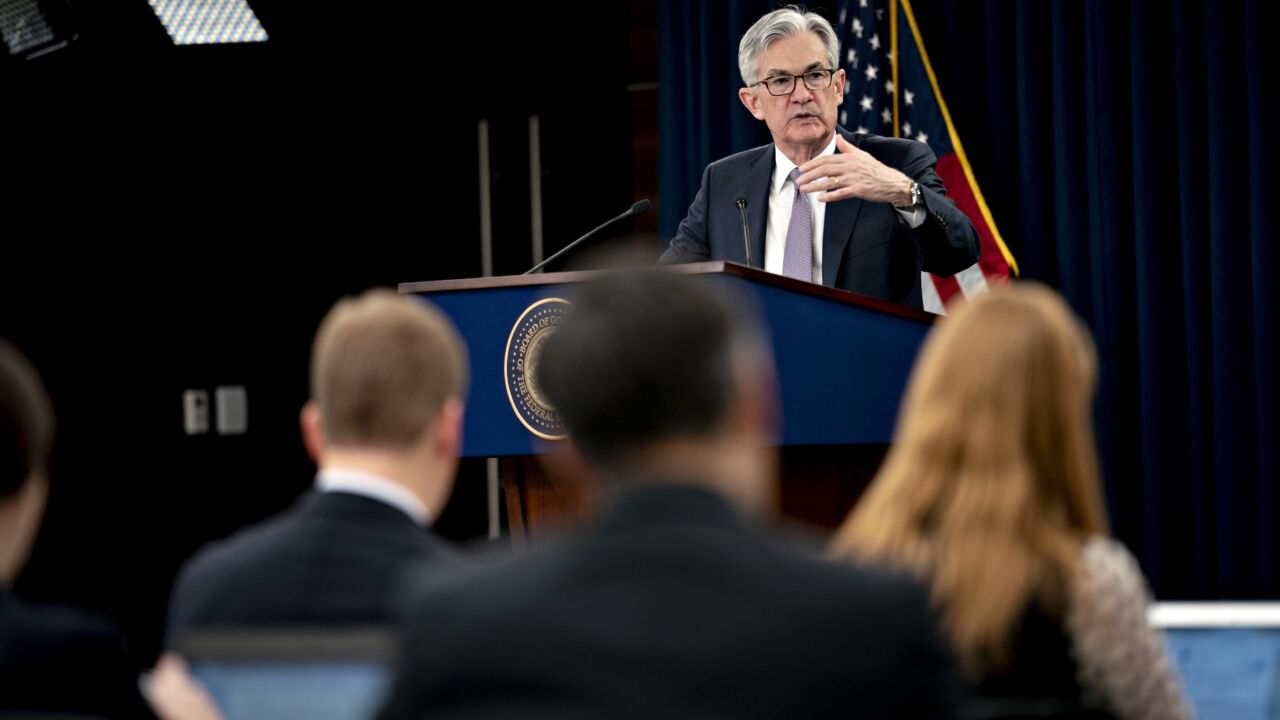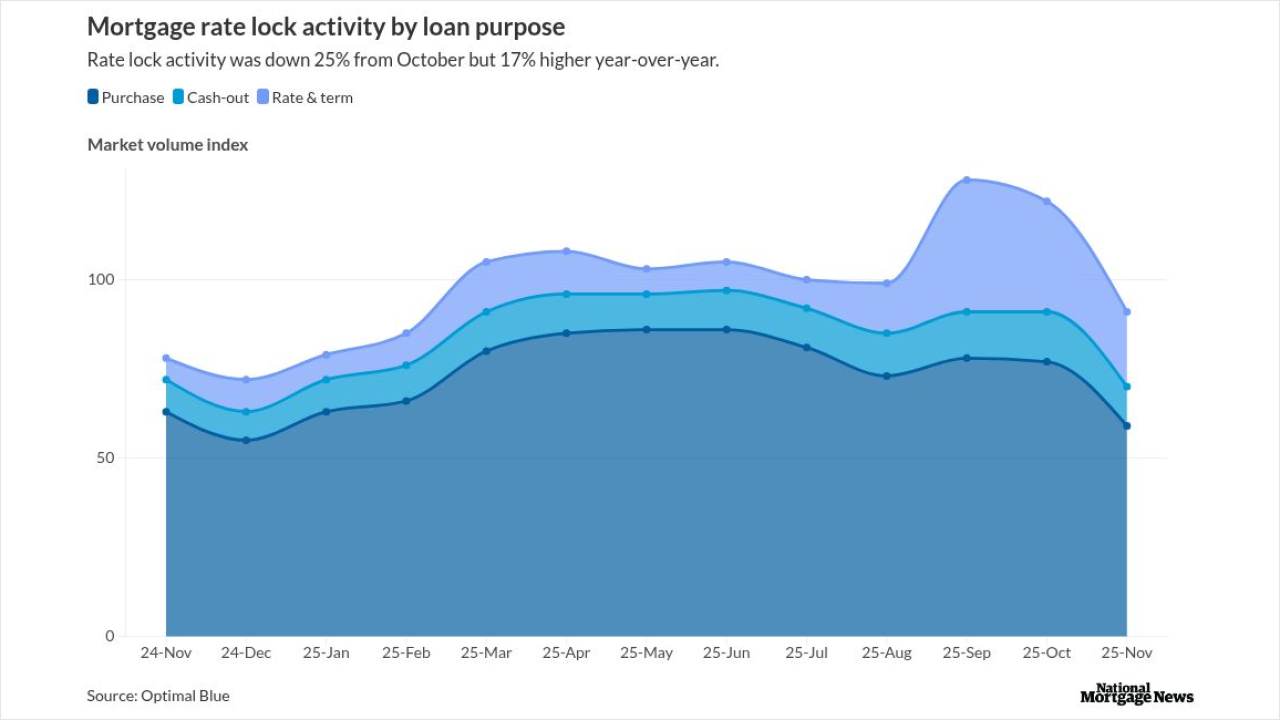(Bloomberg) -- The data void created by the US government shutdown is pushing bond traders to hedge against the risk that the Federal Reserve pauses at one of its two remaining meetings this year, or potentially delivers more policy easing than the market anticipates.
Interest-rate swaps have been steadily pricing in roughly a quarter-point rate cut in both October and December in recent weeks amid signs the job market is cooling. The catch, though, is that the government closure that began on Oct. 1 has delayed the release of official data that traders rely on to assess growth and inflation and gauge the Fed's next steps, after it eased last month for the first time this year.
The figures will come out on a staggered basis after the standoff ends. But in the meantime, traders are bracing for a range of Fed outcomes. Some hedging flows have favored outlier dovish scenarios, such as one quarter-point and one half-point easing by year-end. On the flipside, other trades have focused on the possibility that the Fed forgoes a move at one meeting. The specter of stubbornly hot inflation elevates that risk.
Strategists at RBC Capital Markets fall into the skip camp, but lean toward that happening in December.
"We still think the Fed is going to skip a cut" by the end of this year, Blake Gwinn, head of US rates strategy at RBC, said in a note this week. "But an October skip now looks a lot less likely."
The lack of official data, the weak ADP Research employment report released last week, and the fact that the market sees a cut on Oct. 29 as virtually a lock, makes this the "path of least resistance for the Fed," Gwinn said.
Treasury, Fed Outlook Clouded by Government Shutdown: Roundup
As the impasse in Washington drags on, Fed officials have been offering differing views on the policy outlook. Governor Stephen Miran, who dissented last month in favor of a half-point cut, reiterated his case on Tuesday for why the central bank can keep easing. The day before, Kansas City Fed President Jeff Schmid said inflation was "still too high."
Investment manager Carlyle Group has released its own analysis of the job market that potentially adds to evidence of softening. The firm estimates that 17,000 jobs were created in September, which would be among the weakest results since the US emerged from the 2020 recession. The official figures were scheduled to be announced on Oct. 3 and have been postponed.
Of course, there have also been plenty of options trades targeting the consensus view that two quarter-point cuts are likely ahead this year.
Yields on US 10-year notes were two basis points lower at 4.1% at 7:00 a.m. in New York, matching the average rate over the past month.
Here's a rundown of the latest positioning indicators across the rates market:
JPMorgan Survey
For the week ending Oct. 6, a JPMorgan Chase & Co. survey of clients showed a drop in net long positions to the fewest in about a year. Shorts rose 4 percentage points and neutrals gained 3 percentage points. The active-client survey indicated the smallest net longs since May 2023.
Most Active SOFR Options
In SOFR options across Dec25, Mar26 and Jun26, there was a heavy amount of new risk seen in the 96.25 strike due to activity in both calls and puts in the December tenor. Recent flows have included a large hawkish trade to target just one more rate cut this year, via a buyer of 96.25/96.1875/96.125 put flies. Meanwhile, SOFR call condors via December options have remained popular, looking to pin two quarter-point cuts by year-end.
SOFR Options Heatmap
In SOFR options across Dec25, Mar26 and Jun26 tenors, the 96.50 strike remains the most populated, largely due to demand for December calls where most open interest sits. The strike has been heavily used in recent trades to target a half-point rate cut at one of the remaining meetings this year.
Treasury Options Skew
Treasury options skew in the long-end of the curve has trended lower over the past week, favoring put premium by the most in a couple of weeks. Premium in other parts of the curve remains close to neutral. Themes in Treasury options over the past week have included demand for 10-year calls, looking for a yield break below 4% level.
(Adds US yield level in the 10th paragraph.)
More stories like this are available on bloomberg.com




